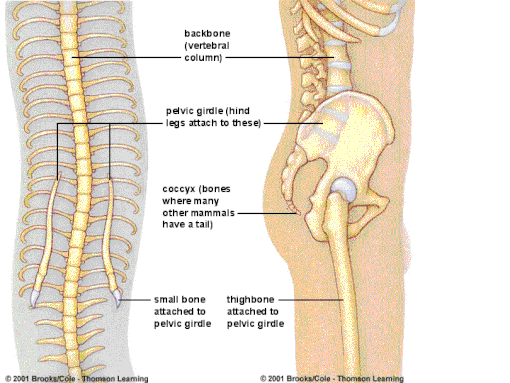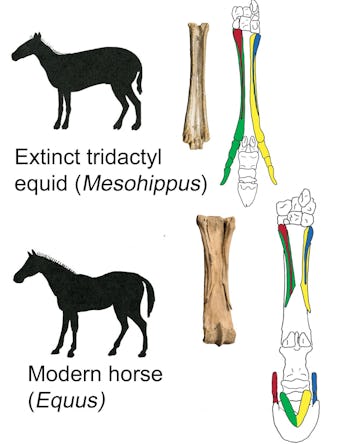what are Vestigial structures?
Certain homologous structures in some species have no apparent function and are described as Vestigial organs.
For example;
the underdeveloped pelvis and leg bones in Snakes, the diminished toe bones in Horses and the appendix and Coccyx in Humans. The non-functional pelvis and leg bones in Snake are thought to be homologous with the hip bones and hindlimbs of vertebrates. The appendix is shortened Caecum which contains cellulose-digesting enzyme in herbivores and Coccyx represents the tail possessed by our ancestors. Presence of vestigial organs is a strong evidence for evolution. If species had been created as they are today, there would be no explaination for such structures.
Some figures of vestigial organs are given below;
Figure:1 Vestigial organs of Snake

Figure: 2 Vestigial organs of Horse

Figure: 3 Vestigial organs of Human


Comments
Post a Comment